Antioxidant Rich Black Tea and How It’s Made
TEATIME NOTES
Find tips, recipes, and articles to increase your delight and enjoyment of tea.
Antioxidant Rich Black Tea and How It’s Made
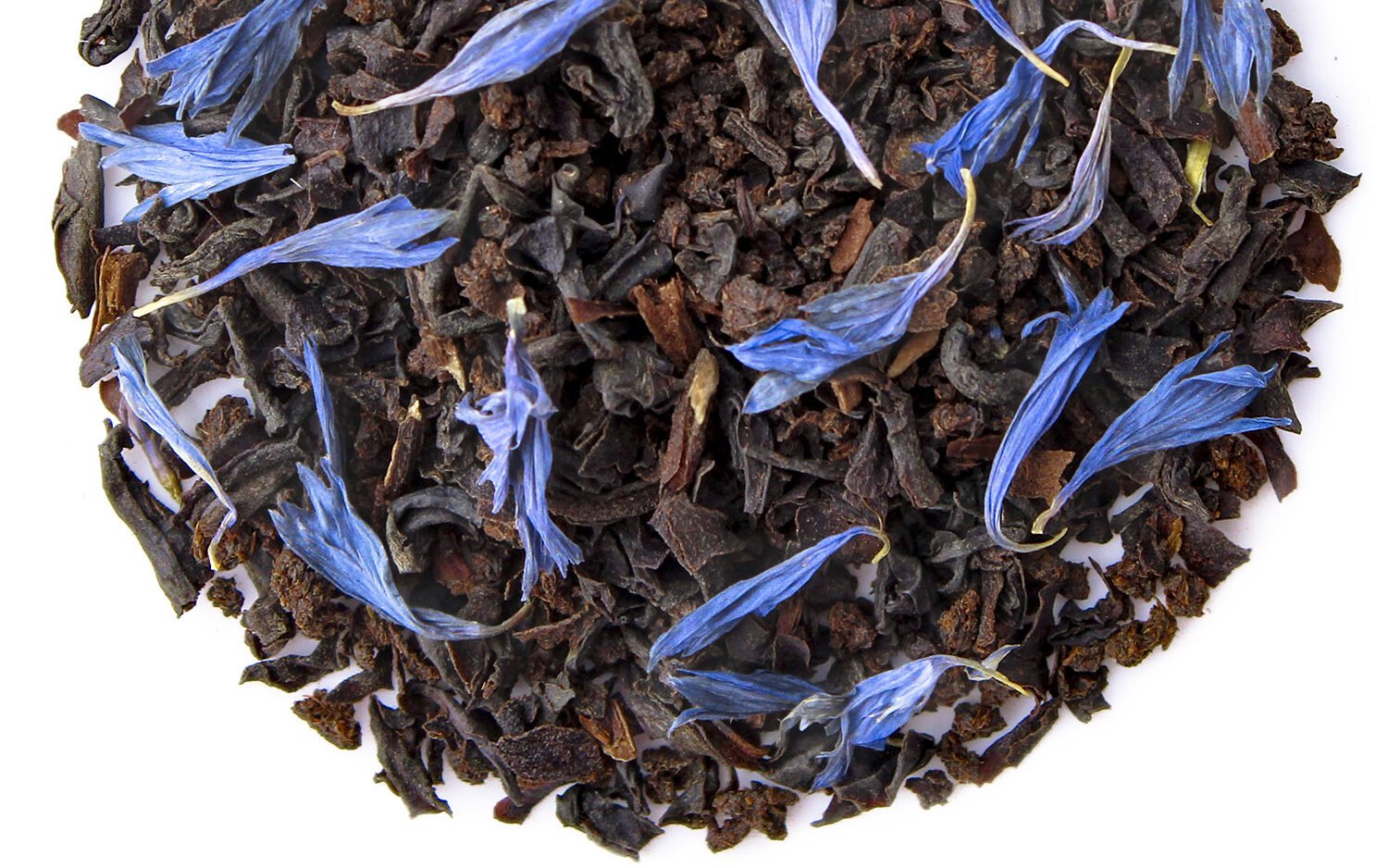
How Black Tea Transformed the World for the Better
By Erika Robertson
You love black tea. There is nothing so calming and scrumptious as a cup of Earl Grey or Darjeeling with a little tea cookie or a biscuit on the side. You might take a splash of milk in English Breakfast tea. Maybe you like a touch of sweet sugar or honey in your teacup. You might even enjoy the fresh zing of lemon in your sweet iced tea.
Black Tea in the East and the West
In the Eastern world, green teas are more widely enjoyed than black teas. In China, they call black tea red tea — hong cha — because of the reddish hue of the steeped tea. This red tea is not to be confused with the South African red tisane tea called rooibos — or redbush. China also creates another kind of fermented tea called pu-erh — hei-cha — that is translated to “dark tea” or “black tea”.
Black teas — like Assam, Darjeeling, and Earl Grey — are the pinnacle of the Western world. It’s no surprise that over 75% of tea consumed in America and England is black. Iced tea, convenient tea bags, and traditional afternoon tea have taken over — the popularity of black tea is not slowing down anytime soon.
Why is Black Tea the World’s Most Popular Tea? — A Brief History of Black Tea
Tea was enjoyed for thousands of years in China before it arrived in England in the 1600s. Green tea was the first tea to arrive in England. But, the bold flavors of black tea soon took over.
Importers and exporters discovered that black tea had a longer shelf life than other teas because of its oxidation and aging process. Black tea was easier to trade because it could withstand long journeys and not lose much flavor. Black tea was even used as currency and pressed into solid blocks.
In the 1700s tea rose in popularity in America. But black tea took England by storm. Historians speculate that England’s Caribbean colonies produced more sugar. Englanders, in turn, took this delicious Caribbean sugar and added it to strong black teas.
England also discovered that they could harvest their own black tea in the 1800s — in India. The colonization of India opened up the doors to the complex tea market that we know and still use today. Darjeeling and Assam teas continue to be some of the most high-quality and sought-after teas in the world.
How is Black Tea Made?
There are thousands of different kinds of tea flavors. You might enjoy the subtle notes of a delicate white tea. Or you might prefer the bold and robust flavor of a strong black tea. The difference in flavors between teas is incredible.
Coffee and wine are made from different kinds of grapes and coffee beans. But, tea is simple. All tea varieties — including black, green, oolong, and white — are made from one single tea plant called Camellia sinensis. Once the leaves are plucked from the stalks, they are transformed into your favorite black teas. Here is the step-by-step process for creating black tea:
- Wither the Tea Leaves
Two small tea leaves and buds are plucked from the top of each long plant stalk. These freshly harvested tea leaves are placed in troughs with metal grates and are left to wilt and wither. The metal grates allow air to flow underneath and through the leaves. Humidity levels and air circulation is carefully looked after so that the leaves can produce a delicious and flavorful tea.
- Roll the Tea Leaves
Black tea is so flavorful because of the oxidation process it goes through. But oxidation needs to be encouraged within the tea leaves. When tea leaves are rolled, the cell walls of the leaves are broken down. Essential oils and enzymes are released and chemical reactions start to take place within the leaves. Rolling and massaging tea leaves helps create the deep beautiful characteristics of black tea.
- Oxidize the Tea Leaves
Now that the tea leaves are rolled, the natural oils and elements of the tea start to come through. The tea leaves are left alone so they can oxidize. The time it takes for tea leaves to oxidize depends on the humidity and temperature in the room they are placed. But, during the oxidation phase, the leaves will slowly transform from a light green color to a rich amber-brown hue.
- Dry the Tea Leaves
Once the oxidation process is complete for a batch of tea leaves they will need to be dried. During the final drying step, the tea leaves come into contact with heat which stops the oxidation process. When this happens, the characteristics and flavor of the tea at that moment lock into place.
What Makes Black Tea Different From Other Kinds of Tea?
Black tea traditionally has more caffeine than other kinds of tea. The oxidation step increases the amount of caffeine in black tea. Black tea has a lot of antioxidants and flavonoids which might help to reduce the effects of different kinds of sickness and disease. Black tea is an anti-inflammatory.
The oxidation step in the tea creation process is what sets black tea apart from other teas. It also creates more intense and deep dark flavors. You can enjoy the phenomenal flavors of black tea on its own. But, many people add milk, sugar, lemon, or honey to their tea. If you are a fan of iced tea, adding fresh-cut fruit is a lovely twist to a cool and refreshing summer drink.
Shop the Healthiest and Cleanest Black Teas
Teabloom is on a mission to clean up the tea industry and take care of you and your loved ones. Their loose-leaf black teas are USDA Certified Organic, Kosher Certified, and made with the finest natural ingredients.
Their teabags are better than biodegradable — they are 100% compostable. These superior pyramid tea sachets are roomy enough to cradle the finest large whole-leaf teas — not tea dust that is present in most tea bags. Now, you can drink high-quality organic tea with all the convenience of an environmentally friendly tea bag.
Teabloom also has the largest selection of borosilicate glass teaware. Did you know that most porcelain and metallic teaware releases toxins in your tea? Teabloom wants to help you by providing you with a strong, healthy, and long-lasting alternative that is good for the environment, too. To top it off, borosilicate glass teaware makes your tea taste incredible — better than you’ve ever tasted before.
Explore all of the wonder, beauty, and health that Teabloom has to offer — Welcome to your new favorite tea spot.



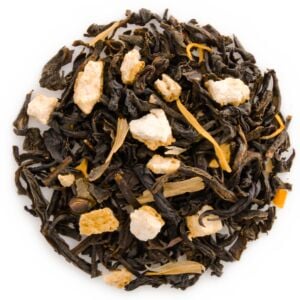

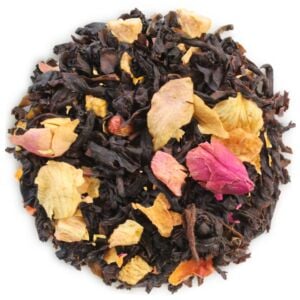

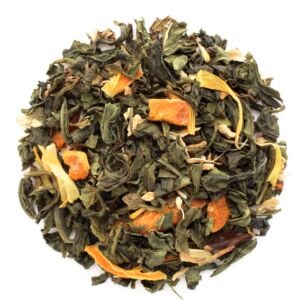
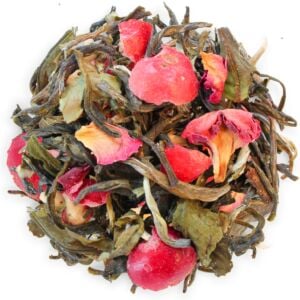
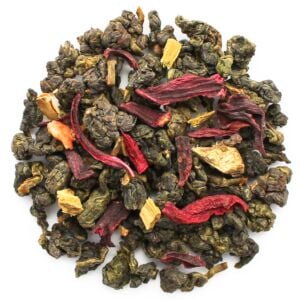
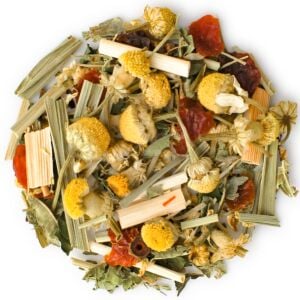
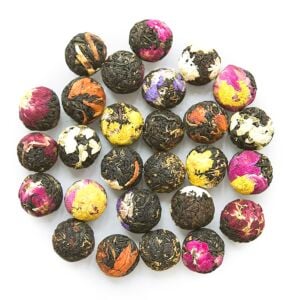

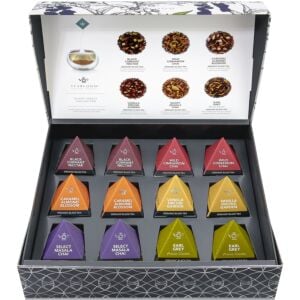




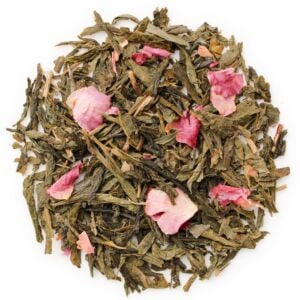

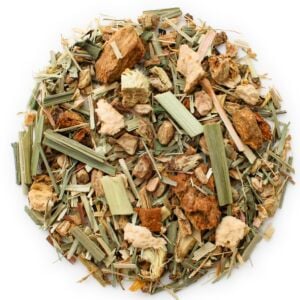


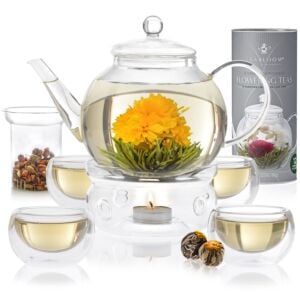
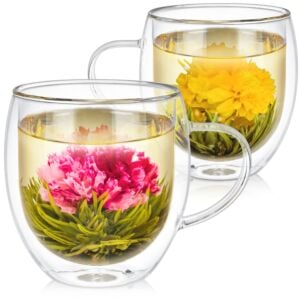
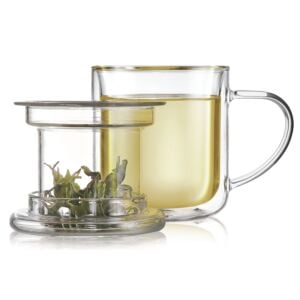
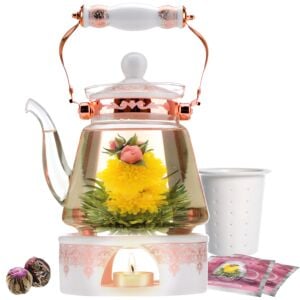
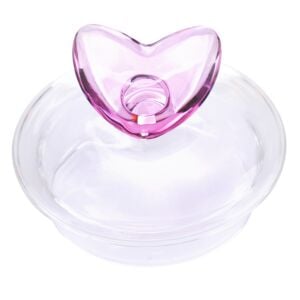
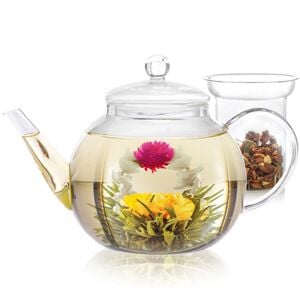


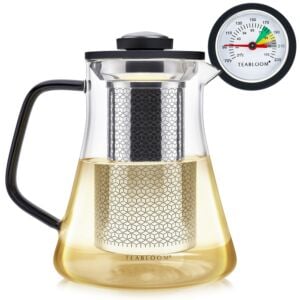
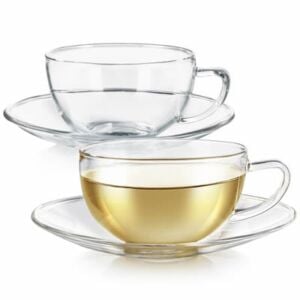
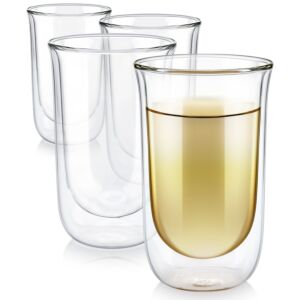
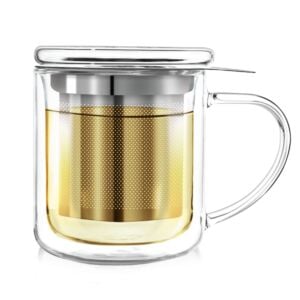
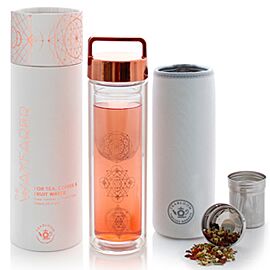

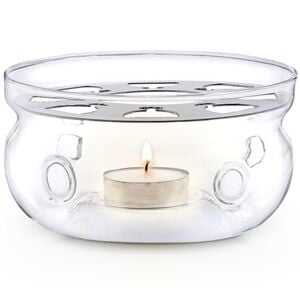
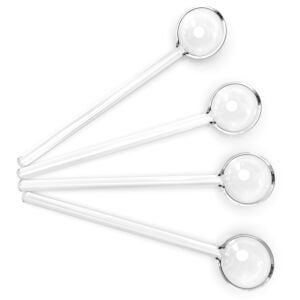
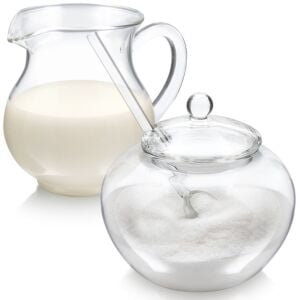
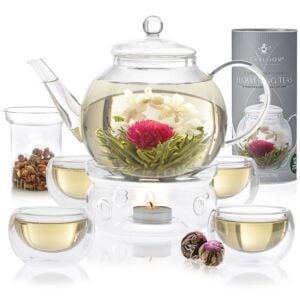
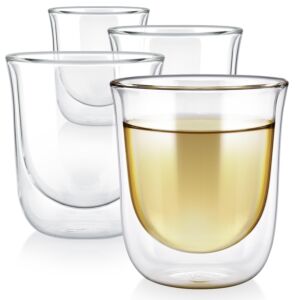


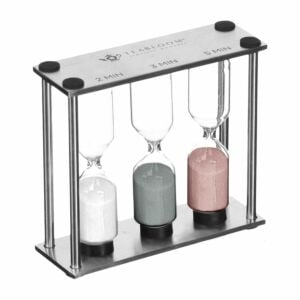
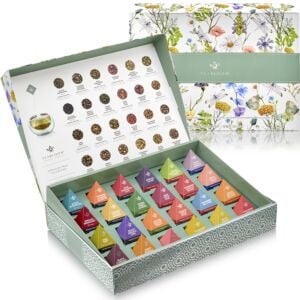

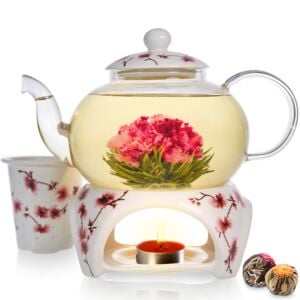
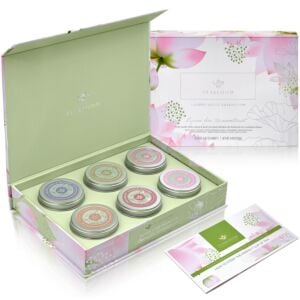

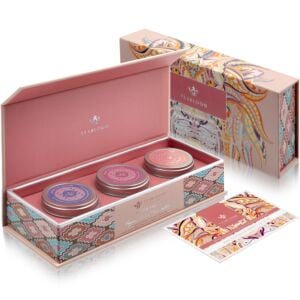


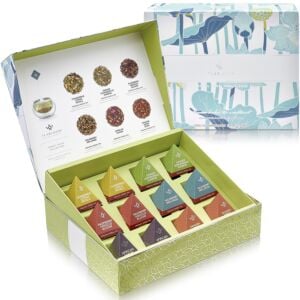
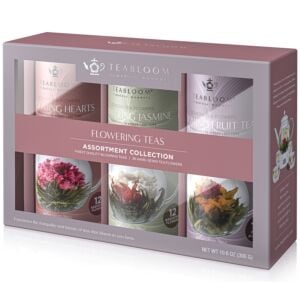


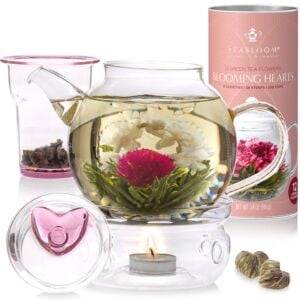

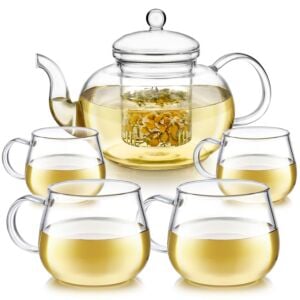



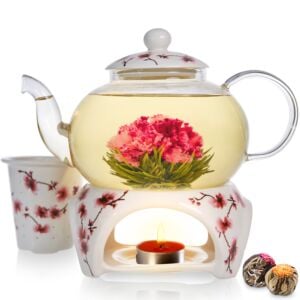
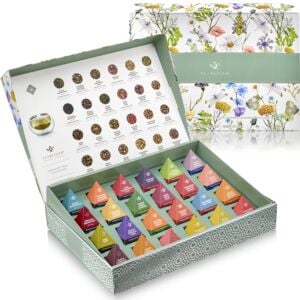
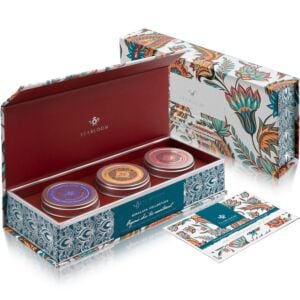
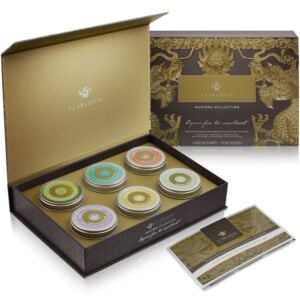


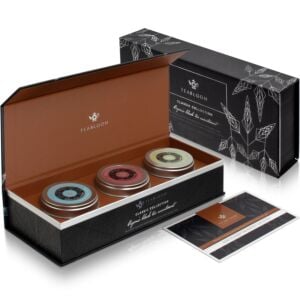


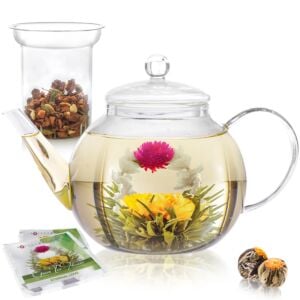
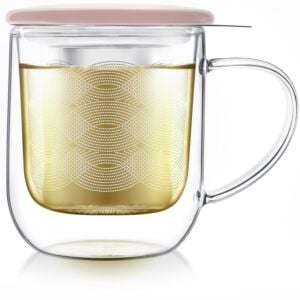

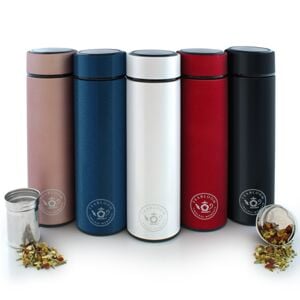
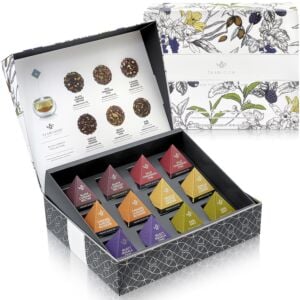



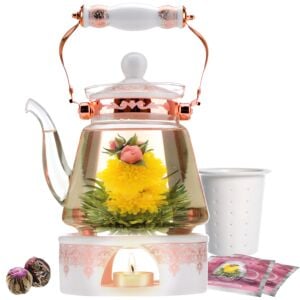
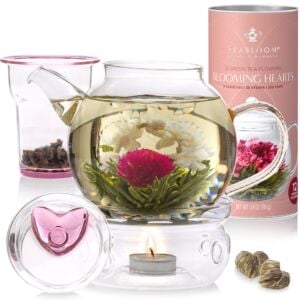


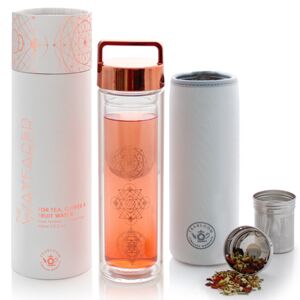

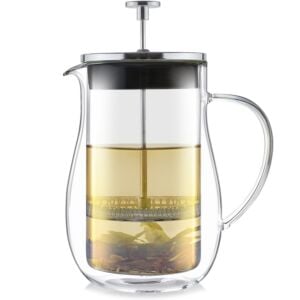

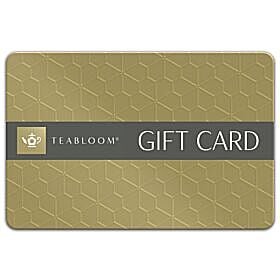
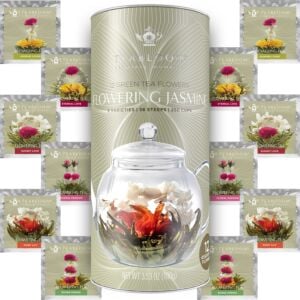

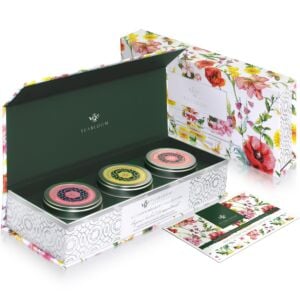



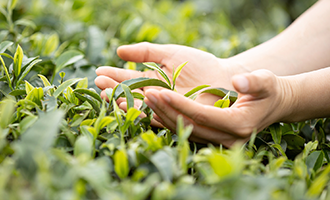
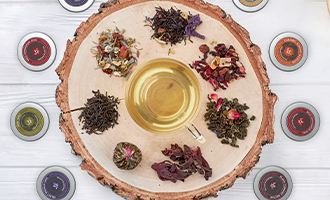
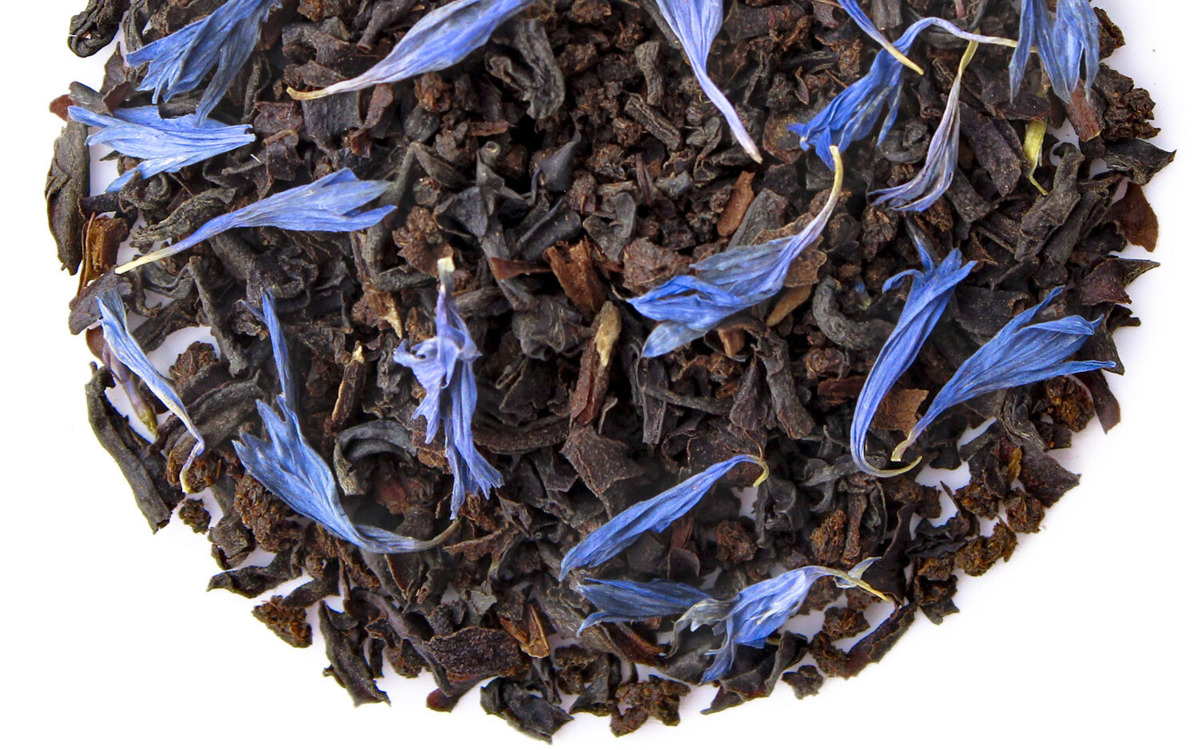



Share your thoughts